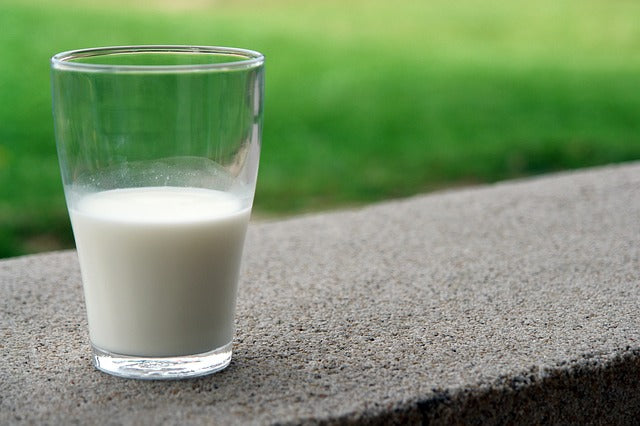Calcium and Magnesium, Hype and Reality
August 31, 2010 3 min read

Magnesium and Calcium – what you need to know
One of the points many alternative doctors like to make regarding osteoporosis and calcium intake is the following: if calcium intake was truly the answer to building strong bones, why do so many Americans have osteoporosis since we consume so much calcium in our diet?
It is true that most Americans consume milk products such as milk, yogurt, butter and cheese, and yet many have developed osteoporosis and broken their bones.
Bone is complex and calcium is only one aspect of what bones need to be healthy. Years ago, doctors told their osteoporosis patients to take 1,500 mg of calcium and or to take Tums (antacid) for their calcium.
Many doctors continue to offer this anemic advice demonstrating a complete lack of understanding of nutrition.
As it turns out taking Tums for calcium can actually cause bone loss and other maladies. We need stomach acid to absorb calcium and to break down foods such as protein.
We are hearing more and more about magnesium. A study released in April 2008 indicates that magnesium deficiency accelerates aging. Magnesium is essential for healthy muscles, nerves, bones and normal heart rhythm.
Lack of magnesium increases risk of cardiovascular problems, hypertension, diabetes, osteoporosis, and some cancers.
The researchers lament that there is no easy way to tell if you are lacking magnesium. "You could be moderately deficient for a long time and not know it," said one of the researchers.
Researchers at Children's Hospital Oakland Research Institute in California found that with magnesium deficiency, cells age quicker and this may contribute to "long-term chronic disease."
It's possible that magnesium deficient cells reserve their energy for essential life functions at the expense of long-term functions.
Following is an excerpt from the Alternative Medicine Digest: “The Crucial health benefits of magnesium include solving or preventing osteoporosis, heart attacks, hypertension, constipation, migraines, leg cramps, kidney stones, gallstones and more.
Magnesium is an essential part of the alternative health approaches of alternative medicine.”
One of the main reasons so many people are deficient in magnesium is because of the wide spread consumption of processed and refined foods. Whole grains contain magnesium, but when they are processed and refined, up to 80% of the magnesium is lost.
Processed foods are typically low in this mineral. It is estimated that as many as 75% of Americans consume less than the Recommended Dietary Allowance for magnesium of 250 mg.
As with everything in health care there are many opinions when it comes to consuming magnesium. Here are some typical questions:
- Are herbal infusions the best way to consume magnesium and calcium?
- Can you take magnesium with calcium, or do they compete with each other?
- What is the best form of magnesium to take: oxide, citrate, or glycinate?
- Can we get all the magnesium we need through the food we eat, or is the soil depleted of this vital nutrient?
- If you take a supplement what form is best? Oral or transdermal (through the skin)?
- How much is too much?
Foods High in Magnesium
If you are suffering from anxiety, cardiovascular diseases, migraines, muscle spasms or diabetes, including magnesium rich foods is a wise choice. Here are some foods you can add to your diet:
- whole grains
- green leafy vegetables
- nuts
- beans
- fish
- tomato paste
- dairy
- water (but not soft water)
- pumpkin is one of the top fruits that contain magnesium.
Subscribe
Sign up to get the latest on sales, new releases and more …

